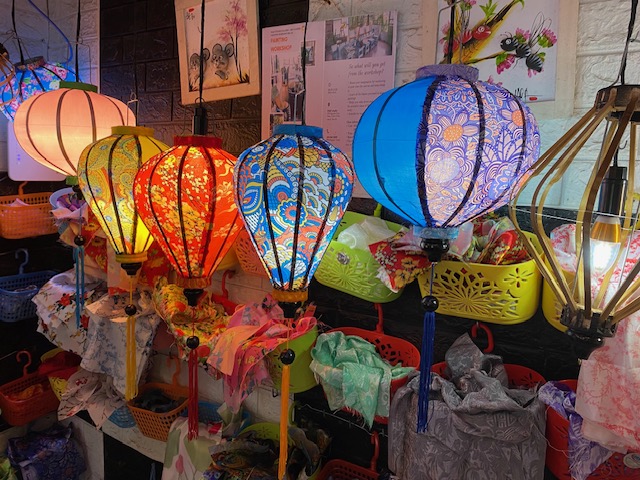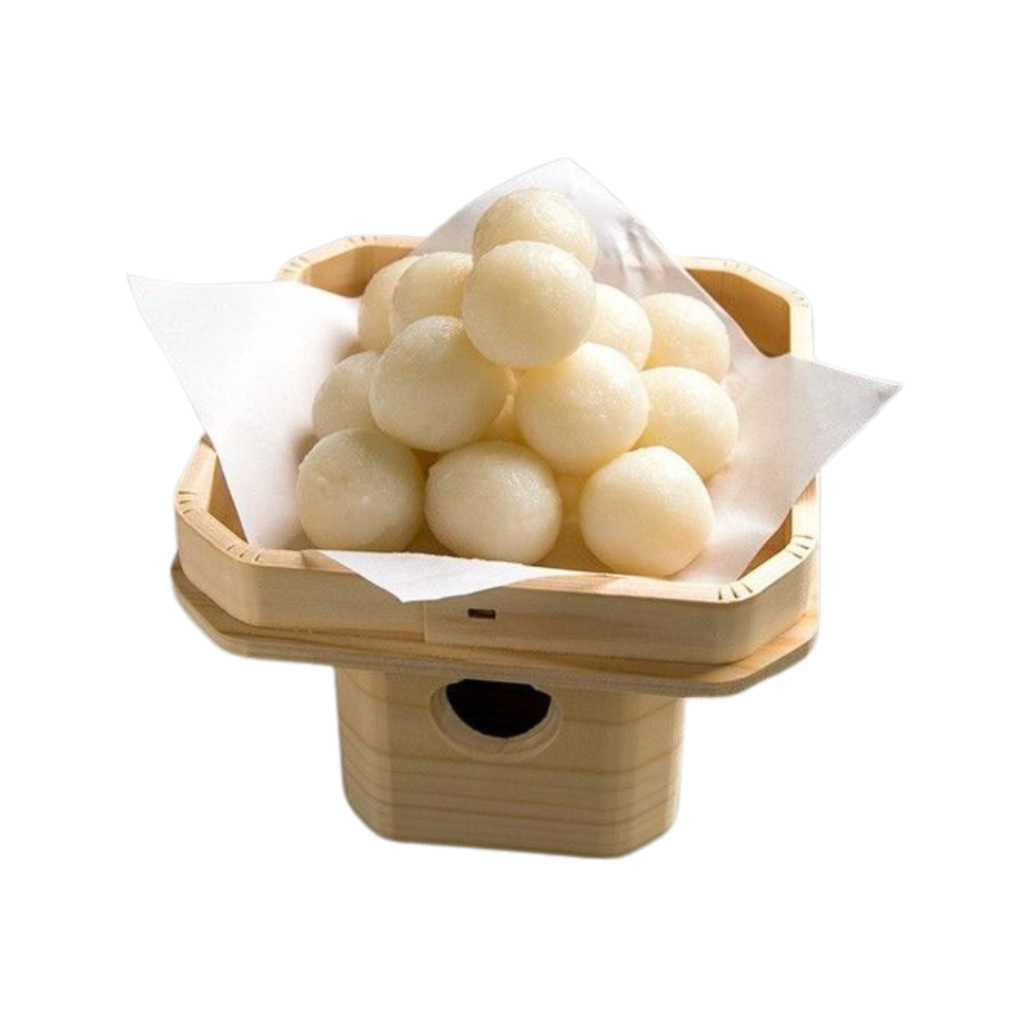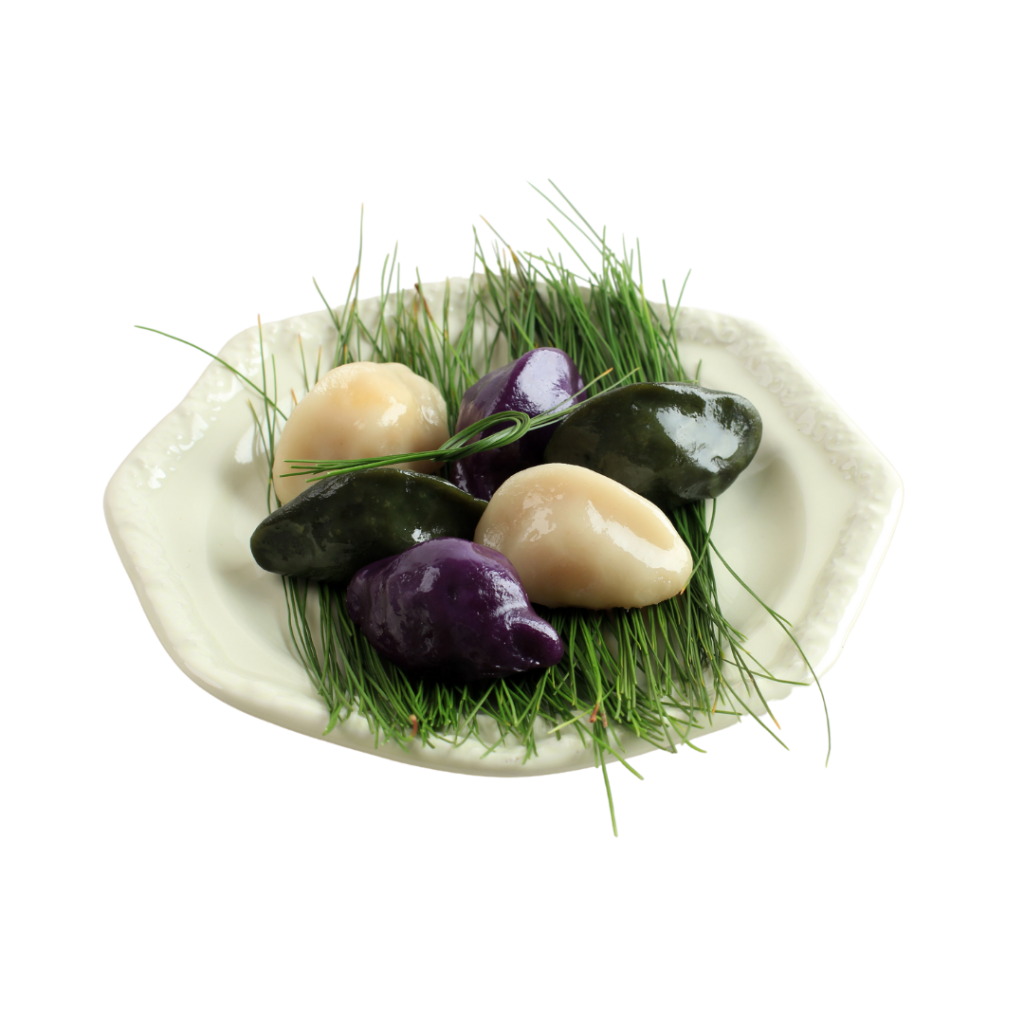Introduction to the Mid-Autumn Festival
This evening, millions of people from around the world will be watching the skies for the harvest moon, which happens on the fifteenth day of the eighth month of the lunar calendar and spells the arrival of the Mid-Autumn Festival.
Emerging more than three thousands years ago in China as a post-harvest celebration, the Mid-Autumn Festival has taken hold throughout East and Southeast Asia, and in diasporic communities across the globe.
Throughout the month of September, millions of Chinese families will hang lanterns in trees; Vietnamese families will set out fruit trays for the gods; and AAPI families across the United States will pay respects to their ancestors, make special foods, and attend street fairs, parades, and other festivities.
For all those celebrating, we want to take this chance to wish you a safe and happy holiday — and give you an inside look at the food, traditions and folklore that make the Mid-Autumn Festival such a magical time of the year for our communities.
“As a child, my parents always gifted me a paper Autumn moon lantern. Recently while in Vietnam, I was able to pass on the tradition and make lanterns with our kids. Hopefully, they feel just as close to us lighting their lanterns this year as I did with my parents.”
Ly, Vietnamese American, Development Team

Where did it come from?
What makes the moon so important? For as long as every Asian culture has celebrated the Mid-Autumn Festival, people have turned to myths and legends to answer this question.
Chang’e and Hou Yi
Many Chinese, Singaporean, and Taiwanese children are taught the tale of Chang’e (嫦娥) and Hou Yi (後羿). As the story goes, the Emperor of Heaven once bestowed Hou Yi — a great archer — with an elixir of immortality, which he hoped to share with his wife, Chang’e. But when his wicked apprentice tried to steal the elixir, Chang’e drank the potion herself and ascended to the heavens, and took the moon as her home.
On the night of the harvest moon, people claim to see her face between the craters.
The Jade Rabbit
For many Japanese and South Korean people, the tale of the Jade Rabbit is more common. In a loyalty test to the Emperor of Heaven, the rabbit is said to have offered a small pile of grass. Embarrassed that he could find no better gift, the rabbit set fire to the grass and threw himself into the flames. The Emperor was moved and to reward the rabbit for his sacrifice, he placed him on the moon as its forever guardian.
In some tellings, the Jade Rabbit and Chang’e are companions — and live on the moon together. In others, the Jade Rabbit lives alone and can be seen from earth, making rice cakes every night.
The Man on the Moon
In Vietnamese culture, the main character is a woodcutter called Chú Cuội. As legend has it, one day he discovered a banyan tree whose leaves possessed healing powers. When he tried to harvest its leaves, however, the tree uprooted itself and flew into the heavens, taking Chú Cuội with it. The two of them landed on the moon where they remain to this day.
What’s on the menu?
You might be familiar with the mooncake — a small round cake that is sometimes referred to as the most traditional Mid-Autumn Festival fare. However, what it looks like and how it’s made differs from culture to culture.
“Growing up, my parents would send and receive mooncake gift sets from their friends. We would open up a set and cut into each mooncake, dividing them into equal parts so we could reveal each of their fillings. It almost felt like a game. I’ve grown to favor the taste of mung bean, lotus paste, and salted duck egg yolk.”
Becca, Taiwanese American, Communications Team
In Hong Kong, Macau, and Singapore, the snowskin mooncake (冰皮月餅), made from glutinous rice and served cold with fruit, is popular. For Vietnamese people, bánh nướng is a local favorite — and is filled with egg yolk, dried sausage, and mung bean paste. Many Taiwanese people, as well as Filipino and Indonesian Chinese people, eat hopia (肉餅) instead — a meat-filled cake made with Chinese-style puff pastry.
But there are other, less common foods, that also deserve a place at the table, and can be found in bakeries and food stalls around the world — especially during the Mid-Autumn Festival.

Tsukimi dango | 月見団子
Japanese people eat this simple rice dumpling, which is made in batches of fifteen and arranged in the shape of a pyramid. Traditionally, the topmost dumpling is dyed yellow with kabocha squash to represent the full moon.
Songpyeon | 송편
South Koreans also eat rice cakes — only in the shape of half-moons, and stuffed with sesame seeds and steamed on a bed of pine needles. Mugwort, kabocha, and fruit powders are added for color.

How else do people celebrate?
While moon-gazing is a universal part of the Mid-Autumn Festival tradition, other traditions, like gift giving, folk dancing, or lantern lighting, are also common in different parts of the world. Here are just a few of them.
Perform dances
In China and Vietnam, the lion dance represents prosperity and luck. Look out for the people dancing underneath a larger-than-life lion’s head, to the beat of a drum. In South Korea, the circle dance (강강술래) is more traditional. It’s performed late at night and by a cast of women dancers.
“We set out a table in our backyard with mooncakes, treats, and flowers and we pray at night when the moon is out!”
Mey, Chinese-Cambodian American, Advocacy Team

Decorate the house
Japanese families decorate their homes with blades of pampas grass, which look similar to the rice plant and are carefully arranged in ceramic vases as a gesture of thanks for the summer harvest. And throughout East and Southeast Asia, people hang lanterns —either in trees or throughout their homes — as a symbolic beacon to light their path to good fortune.
Honor ancestors
For many, including South Koreans, the Mid-Autumn Festival is a time to honor one’s ancestors. There is a custom called seongmyo (성묘), in which families visit the gravesites of their ancestors to honor them. During this time, family members bow to pay their respects and tidy up gravesites by removing weeds and debris.
Play games
Some Filipino and Chinese families play poa̍h-tiong-chhiu, which translates to “mid-autumn gambling” in Philippine Hokkien.


Celebrating the Mid-Autumn Festival
Mid-Autumn Festival is celebrated by many AAPI communities. Today, we’re taking an inside look at the food, traditions and folklore that make it special.